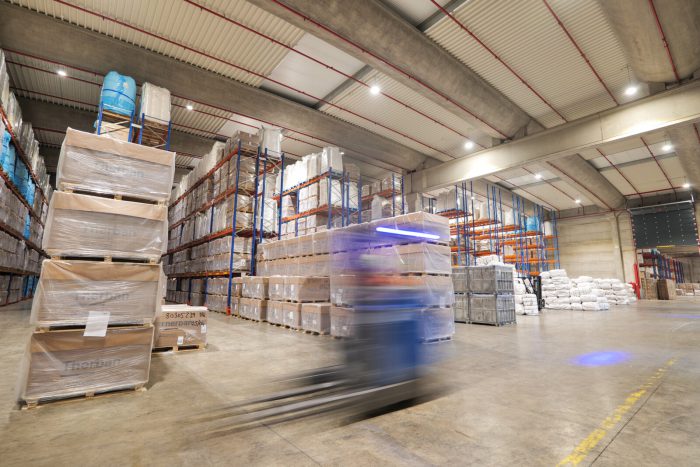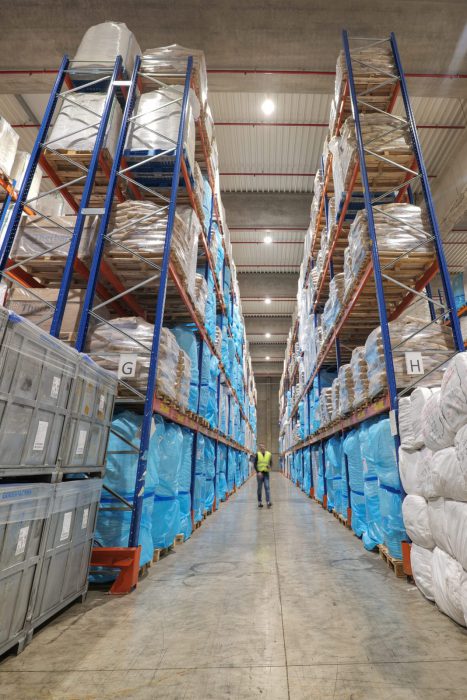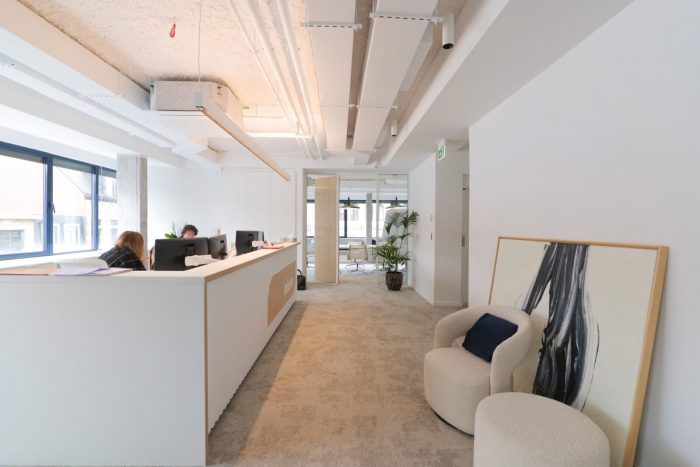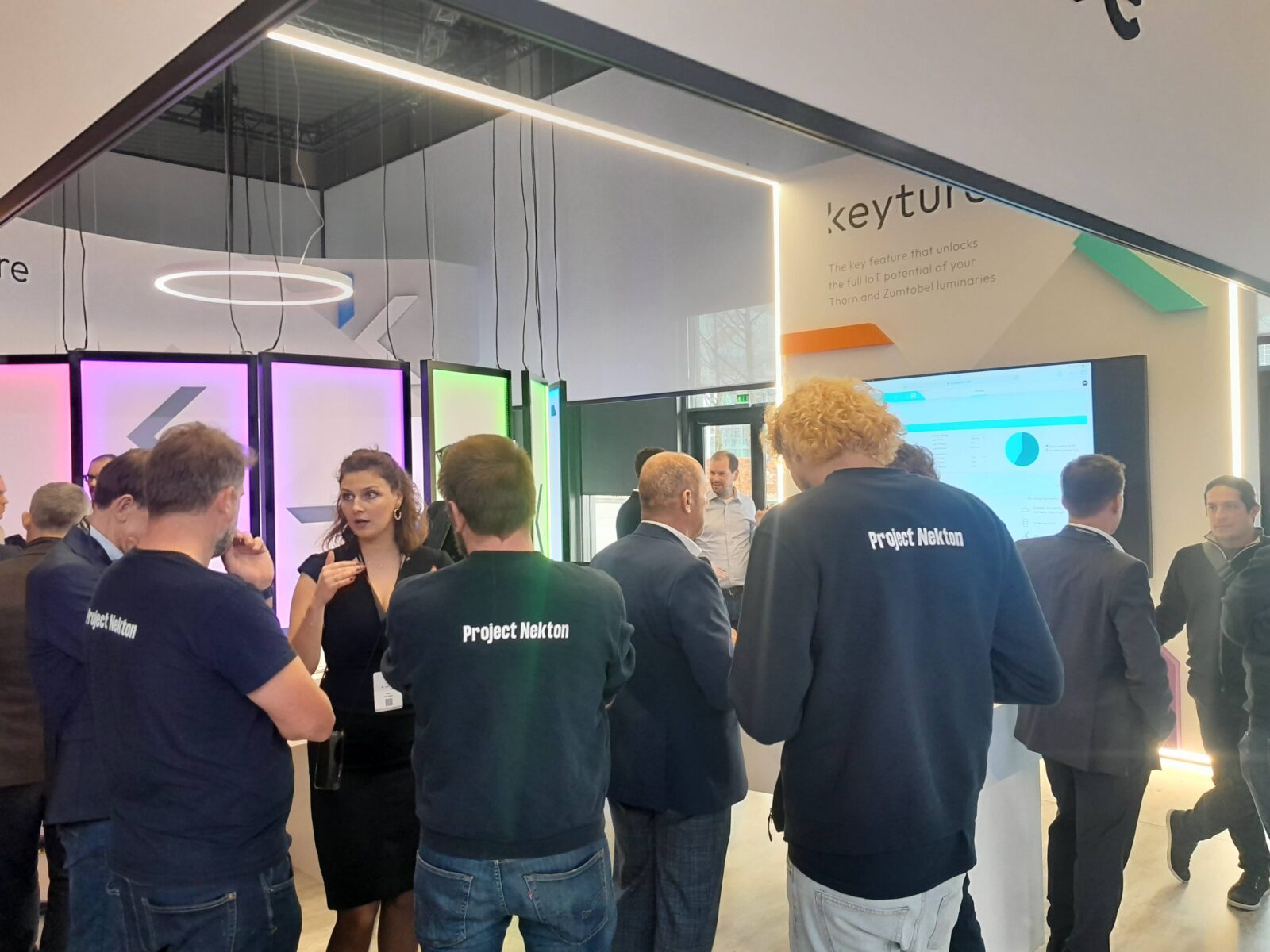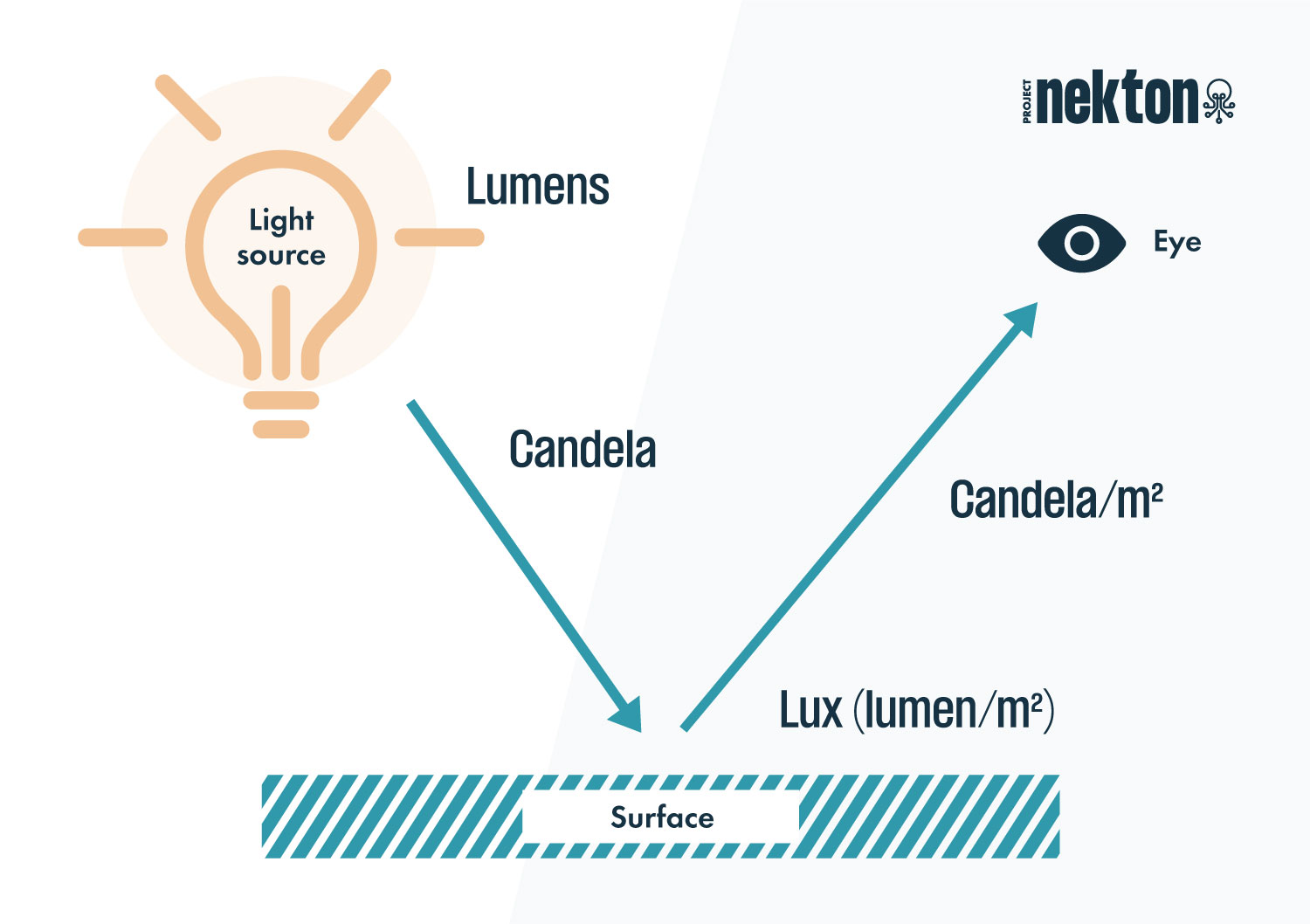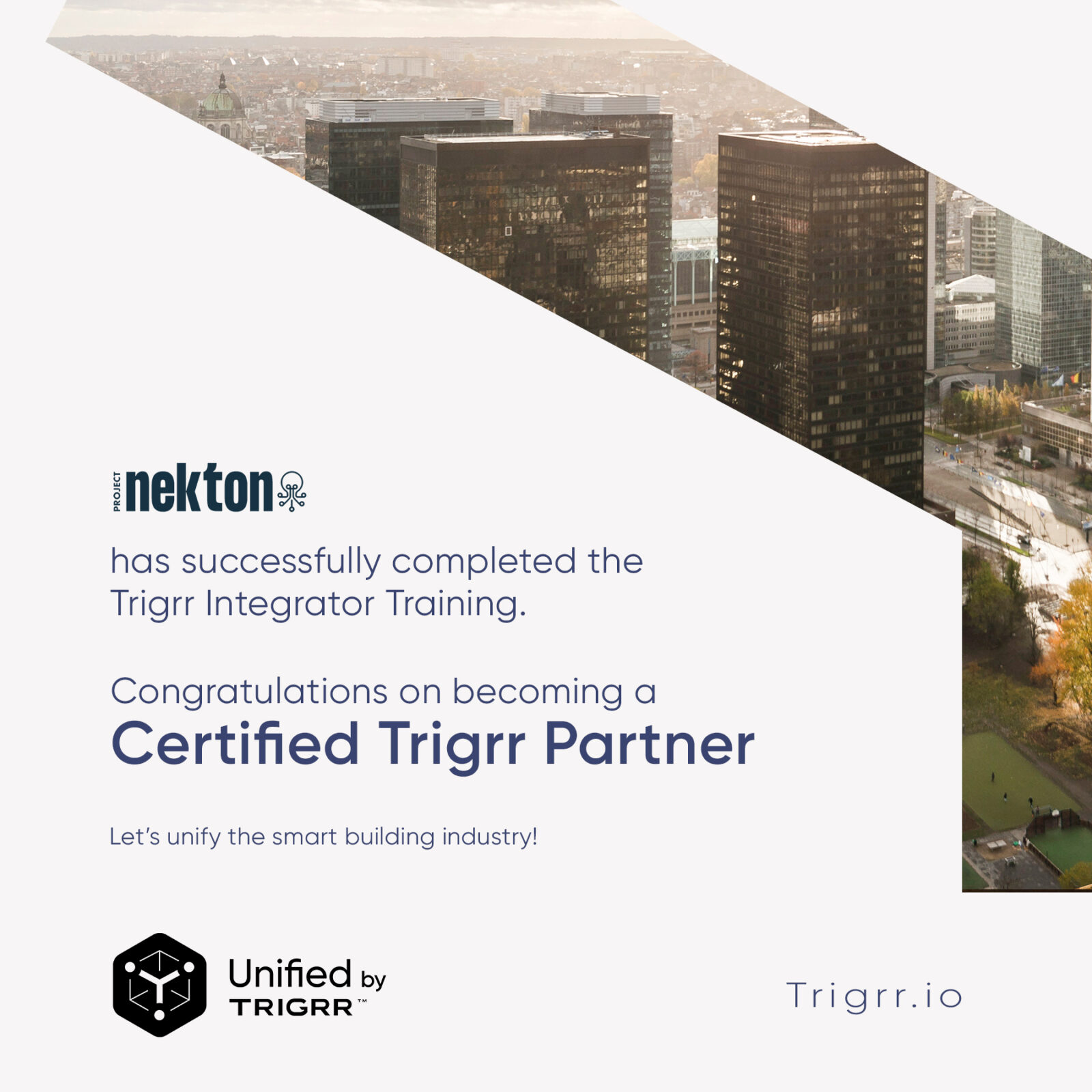Smart lighting systems are crucial for modern buildings due to their energy efficiency and positive impact on employee well-being. These systems automatically adjust lighting based on factors like occupancy and ambient light, reducing energy consumption and extending the lifespan of fixtures. This results in significant energy savings and lower electricity bills. Additionally, smart lighting enhances productivity, mood, and sleep quality by allowing customizable lighting settings, creating an optimal work environment.
Governments and the building sector are also anchoring this transition to smart, energy-efficient buildings in their policies. For example, the Flemish government is aiming for a carbon-neutral building stock for non-residential buildings for heating, domestic hot water, cooling and lighting by 2050.
Smart lighting helps organisations to transition to smart, energy-efficient buildings. It supports sustainable building practices by lowering energy use and carbon footprints, meeting the increasing demand for eco-friendly solutions in the construction industry.

The Benefits of Implementing Smart Lighting Systems
Implementing smart lighting systems in buildings can bring a wide range of benefits. Firstly, these systems offer improved energy efficiency, allowing companies to save on their energy costs. By automatically adjusting lighting levels based on occupancy and ambient light, smart lighting solutions ensure that lights are only on when needed, reducing unnecessary energy consumption.
Another benefit is the enhanced comfort and well-being of employees. These systems enable customizable lighting settings, such as adjusting the color temperature and intensity of the light. This flexibility allows employees to create a more comfortable and productive work environment tailored to their preferences.
Learn more about Human Centric Lighting and the importance of good office lighting in our blog:
Human Centric Lighting and the Importance of Good Office Lighting
Additionally, smart lighting systems contribute to better building management and maintenance. With real-time monitoring and reporting capabilities, building managers can easily track the performance of the lighting systems and identify any issues or areas for improvement. This proactive approach helps to optimize maintenance efforts and ensure that lighting systems are always operating at their best.
Furthermore, these systems can be integrated with other building operating systems (BOS), such as HVAC and security systems, creating a more interconnected and efficient building infrastructure. This integration allows for centralized control and management, improving overall building operations and reducing the need for manual intervention.
Integration of Smart Lighting Systems with IoT technology
Smart lighting systems can seamlessly integrate with IoT (Internet of Things) technology, enabling advanced functionalities and capabilities. By connecting lighting fixtures to the IoT, companies can achieve real-time monitoring, reporting, and management of their lighting systems.
One of the key advantages of integrating with IoT technology is the ability to gather and analyze data. Lighting fixtures equipped with sensors can collect information about occupancy, ambient light levels, and energy consumption. This data can then be analyzed to identify patterns, optimize energy usage, and make informed decisions regarding lighting settings and operations.
Moreover, IoT integration allows for remote control and automation of lighting systems. Building managers can access the lighting controls through a centralized platform or mobile application, enabling them to adjust settings, schedule lighting events, and monitor performance from anywhere. This level of control and flexibility enhances building management efficiency and provides convenience to users.

Lighting systems are present in every part of the building. Smart lighting solutions act as antennas, so to speak, for the overall management of the building and can capture relevant data for other building systems. By incorporating smart lighting systems into your building management system, the management of all building systems can be optimized based on relevant and real-time data. For example, lighting systems can be synchronized with HVAC systems to create an optimal indoor environment that balances lighting, temperature, and air quality. This integration enhances energy efficiency and occupant comfort, creating a more sustainable and user-friendly building.
Case Studies
Let’s look at a few case studies where Project Nekton successfully implemented smart lighting systems in logistics and office buildings.
Case Induver
After a thorough lighting study, we installed smart, human-centric lighting throughout the building and all offices: the project was smartly controlled with Bluetooth Low Energy modules from Casambi, and each fixture was equipped with its own sensor that continuously monitors movement and daylight. In addition to the energy-efficient LEDs and benefits on well-being of the co-wokers, the smart lighting system saves the client an additional 50% on his energy costs.
Case Van Moer Logistics
After a thorough lighting study, we installed smart lighting throughout several large warehouses: with an impressive area of 55,000 square meters, this was a project with impact, resulting in energy savings of 81%. This project highlights the effectiveness of Project Nekton’s smart lighting solutions even in the most expansive and active logistics spaces!
Future Trends in Smart Lighting Systems
Smart lighting systems are continuously evolving, and several future trends are expected to shape their development. One of the key trends is the increased adoption of human-centric lighting. This approach focuses on creating lighting environments that mimic natural light patterns and support the circadian rhythm of individuals. By adjusting the colour temperature and intensity of the light throughout the day, human-centric lighting aims to improve the well-being and productivity of building occupants.
 Another trend is the integration of smart lighting systems with advanced technologies such as artificial intelligence (AI) and machine learning. These technologies enable lighting systems to learn from user preferences and behaviour, automatically adjust lighting settings, and optimize energy usage. This level of intelligence and automation enhances user comfort and energy efficiency.
Another trend is the integration of smart lighting systems with advanced technologies such as artificial intelligence (AI) and machine learning. These technologies enable lighting systems to learn from user preferences and behaviour, automatically adjust lighting settings, and optimize energy usage. This level of intelligence and automation enhances user comfort and energy efficiency.
Additionally, the concept of circular lighting is gaining traction in the industry. Circular lighting focuses on designing lighting systems with a sustainable life cycle, from production to disposal. This includes eco-design of the fixtures, modularity for increased repairability and upgradeability, using recyclable and eco-friendly materials, implementing energy-efficient technologies, and ensuring proper end-of-life solutions for lighting fixtures.

